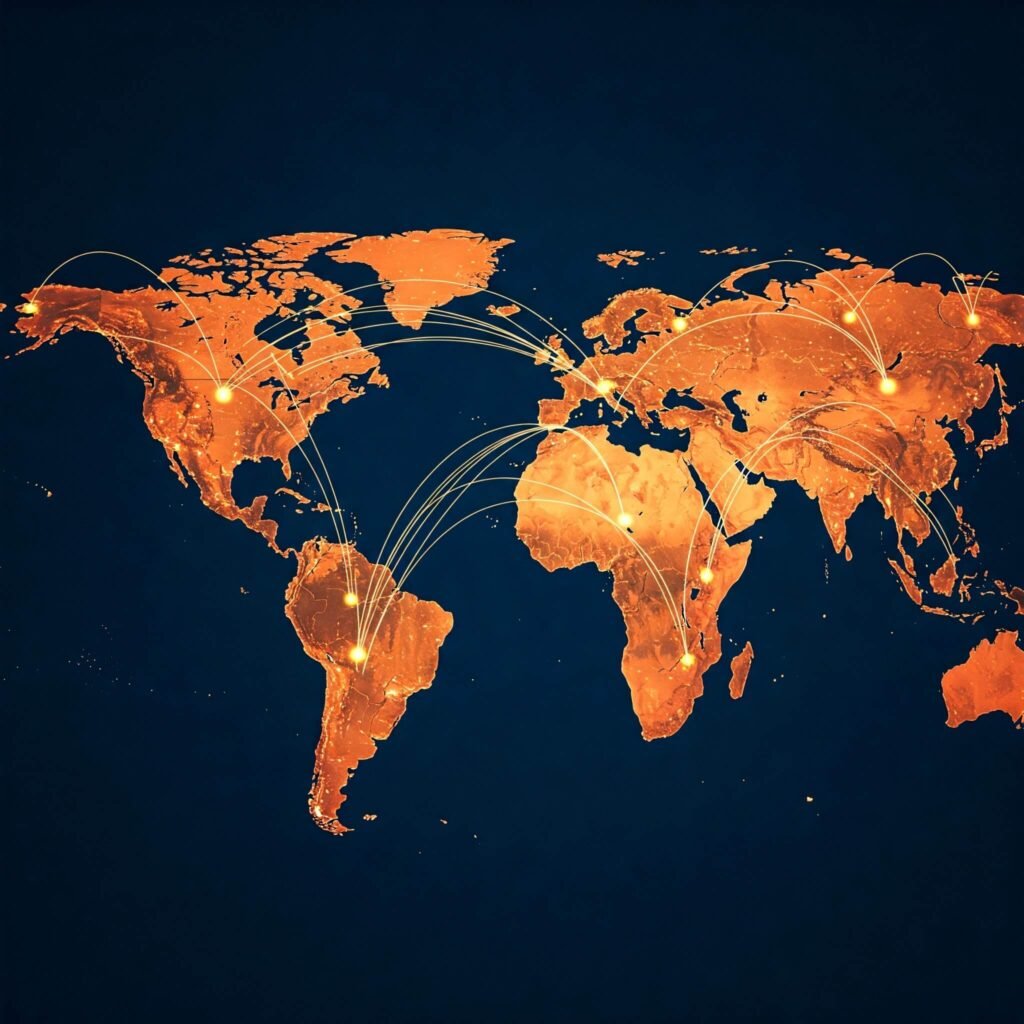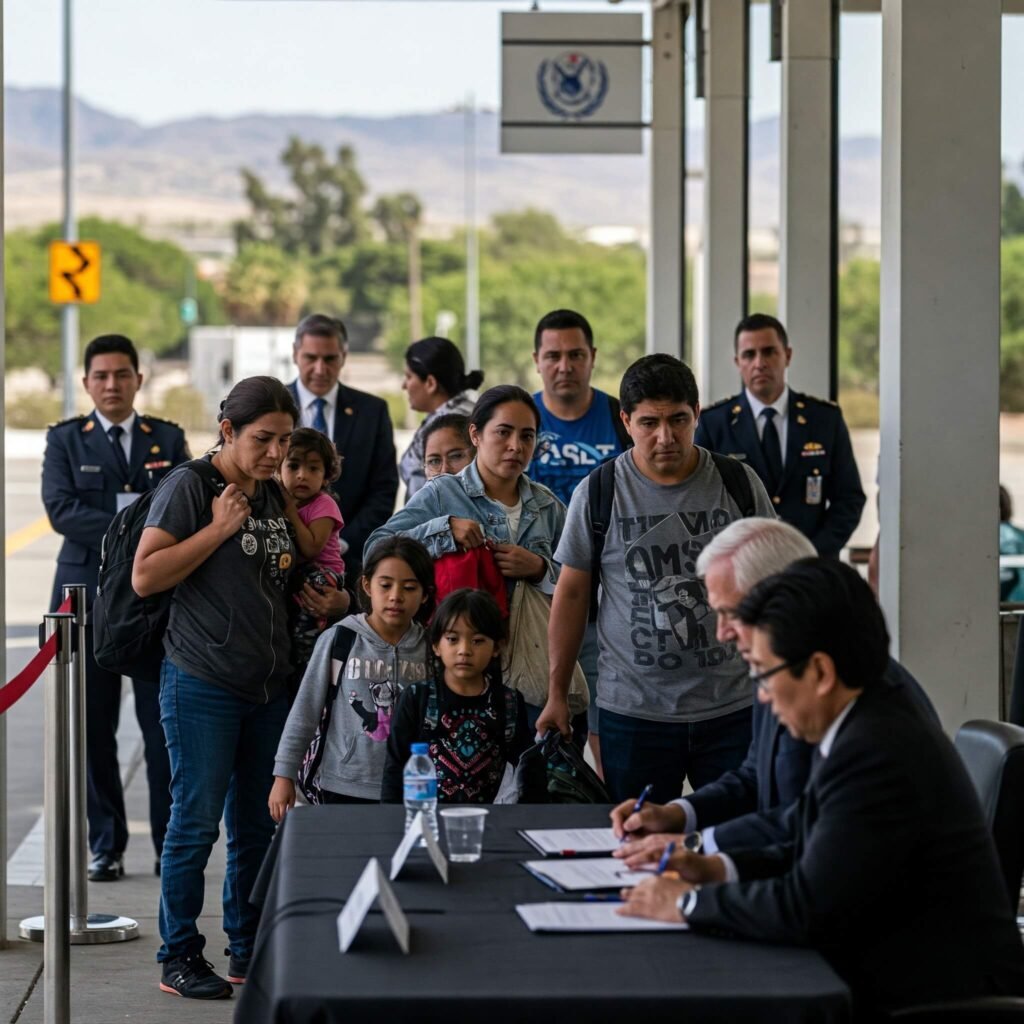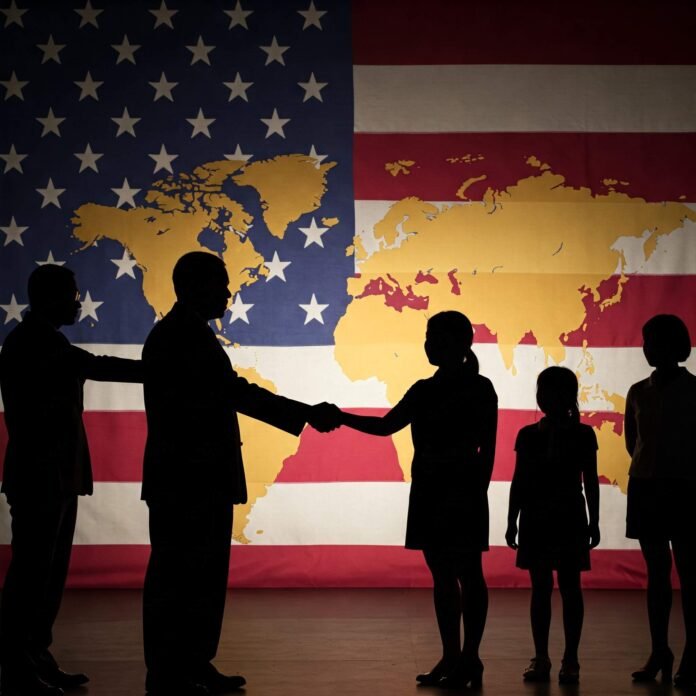Immigration and U.S. foreign policy are deeply intertwined, shaping America’s role on the global stage in 2025. From economic alliances to humanitarian efforts, immigration policies reflect and influence the nation’s diplomatic priorities. This article explores how immigration ties into U.S. foreign policy, offering insights into its global implications and actionable takeaways for understanding this complex relationship.

Why Immigration and U.S. Foreign Policy Are Linked
Immigration is more than a domestic issue—it’s a cornerstone of U.S. foreign relations. In 2025, America’s immigration policies signal its values, priorities, and strategic goals to the world. For instance, decisions on refugee admissions or border security can strengthen or strain ties with neighboring countries like Mexico or global partners in Europe and Asia.
- Diplomatic Signals: Accepting refugees from conflict zones, such as those fleeing crises in the Middle East, showcases U.S. commitment to humanitarian leadership (UNHCR).
- Economic Impacts: Immigration policies that attract skilled workers bolster trade agreements with countries like Canada or India (U.S. Chamber of Commerce).
- Security Cooperation: Collaborative border policies with Central American nations reduce illegal migration while fostering regional stability (U.S. State Department).

Immigration as a Tool for Global Diplomacy
Immigration and U.S. foreign policy intersect in diplomacy, where migration policies are leveraged to build alliances. In 2025, the U.S. uses immigration strategically to address global challenges like climate-driven migration and labor shortages.
For example, the U.S. has expanded temporary worker visas for climate-displaced individuals from Pacific Island nations, strengthening ties with allies like Australia (Brookings Institution). This not only addresses humanitarian needs but also positions the U.S. as a leader in climate diplomacy.
Key Takeaway: Stay informed about visa programs like H-1B or temporary protected status (TPS) to understand how they shape U.S. global influence (USCIS).
How Immigration Policies Reflect U.S. Strategic Goals
Immigration and U.S. foreign policy align to advance America’s strategic interests. In 2025, policies are designed to balance national security, economic growth, and global leadership.
Strengthening Economic Alliances Through Immigration
Skilled immigration fuels U.S. innovation, which in turn supports trade partnerships. In 2025, the U.S. prioritizes H-1B visas for tech workers from India and China, reinforcing economic ties with these nations. Data from 2024 shows that 70% of H-1B visa holders work in STEM fields, driving advancements in AI and renewable energy (USCIS).
- Actionable Tip: Advocate for streamlined visa processes to attract global talent, enhancing U.S. competitiveness.
Enhancing Border Security and Regional Stability
Immigration and U.S. foreign policy converge at the border. Collaborative efforts with Mexico and Central America, such as joint task forces to combat trafficking, reduce illegal crossings while fostering goodwill. In 2025, U.S. aid to Guatemala for education and job creation addresses migration’s root causes, stabilizing the region (USAID).

Challenges in Balancing Immigration and Foreign Policy
While immigration strengthens U.S. foreign policy, it also poses challenges. Domestic debates over border security can strain relations with allies, as seen in 2024 when tariff threats against Mexico sparked diplomatic tensions (Reuters). Additionally, restrictive asylum policies may conflict with America’s humanitarian image, affecting its soft power.
Solutions to Consider:
- Engage in transparent dialogues with allies to align immigration policies.
- Invest in global programs addressing migration’s root causes, like poverty and conflict.
- Promote public awareness of immigration’s role in foreign policy to bridge domestic divides.
The Future of Immigration and U.S. Foreign Policy
Looking ahead, immigration and U.S. foreign policy will continue to evolve. By 2030, climate migration could displace 200 million people globally, pressing the U.S. to lead in resettlement and diplomacy (World Bank). Meanwhile, technological advancements may streamline visa processes, enhancing economic alliances.
Actionable Takeaway: Follow updates on U.S. immigration reforms and global migration trends to stay ahead of policy shifts.

